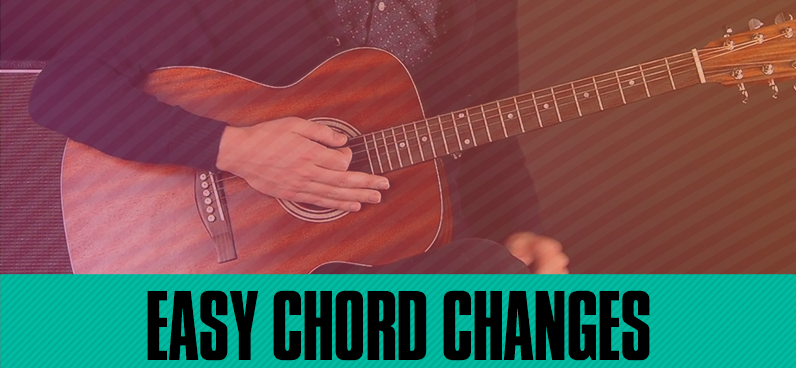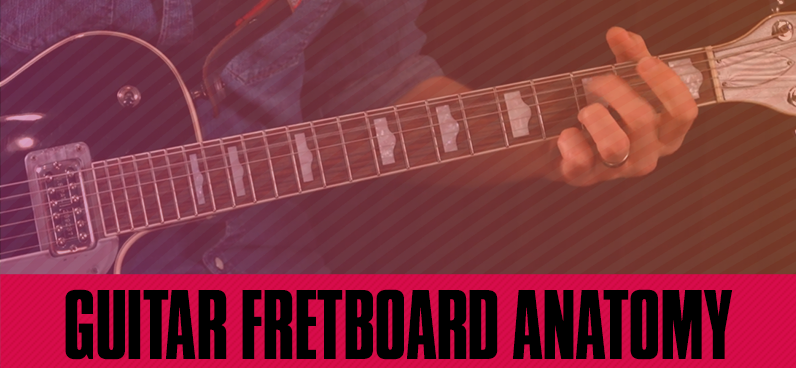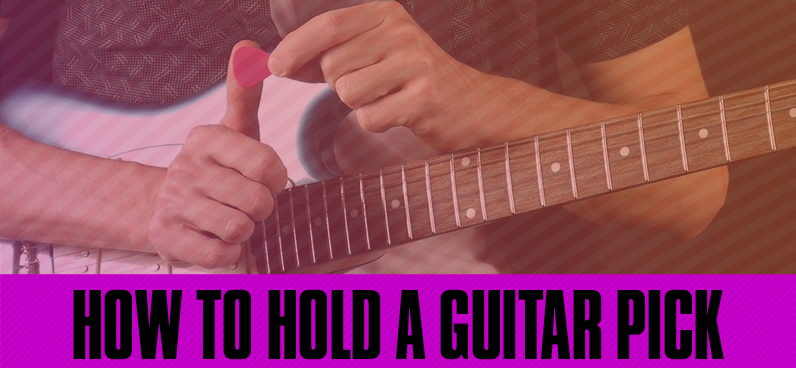
Switching from one guitar chord to another can be tricky at first. Especially the Gmaj to Dmaj open chord jump!
But changing chords can become easy if you follow some simple tips. These are five quick and easy ways to master perfect chord changes.
Hover Chords
The first tip is to practice hovering your chords above the fretboard without having your fingers touch the strings.
In other words, make the chord shape with your hand/fingers, then please your hand on the spot of the chord without pressing down on the strings.
This helps because it builds muscle memory and allows you to play a chord strictly from muscle memory as opposed to using the strings and the fretboard as an anchor.
It sounds tough, but it will really help your playing in the long run.
In order to practice this effectively, you must take your time when creating the floating chord changes.
Take as long as you need to create the chord shape while your fingers are hovering, and then once you have it, simply drop down onto the strings.
The next part of this tip is to transition from one chord to the next.
If you’re playing a D major open chord, switching into an E major is going to feel a little weird at first.
Simply lift off from the D chord, and then create the E major open chord while hovering above the strings.
Again, remember to take your time with this! Once you have the chord shape, drop it down.
At the heart of this tip is that all of your fingers will move together, instead of one at a time.
Build Finger Strength
Building finger strength for guitar playing is best done one finger at a time.
This may sound counterintuitive to what was talked about in the first tip, but this is more about finding the fingers that are slower than the other and focusing on those.
For example, if you are switching from D major to E major open chords (which only require three fingers; index, middle and ring) but perhaps your 3rd finger is a little slow to transition. Then you need to focus on building that 3rd finger.
You can call these fingers anchor fingers because they anchor the other fingers in place.
So if you’re moving from D major to E major, make sure to move that 3rd finger into place first.
And you can do this with the hovering tip as well. There will always be at least one finger that isn’t quite moving as fast as you want it to, and that’s the finger you want to move into position first.
Drop Chords and Repeat
The third tip is fairly simple and precisely adds on top of the first two chord changing tips.
Once you’re able to move your fingers into position above the fretboard, and are able to correct your slower fingers by focusing on their movements first, you must then drop the chord into place.
Then lift off and drop your fingers back down while holding the same chord shape again, and then strum.
Do this over and over again. This is to get your fingers comfortable and used to feeling the chords.
These techniques will greatly improve your speed, and will help a lot once you start moving on to more complicated fingerings like slash chords, bluesy 9th chords or 7th chords.
Practice makes perfect. So if you're ever struggling with being able to switch from one chord to another, even with simple chords like power chords or barre chords, you are not alone! Keep at it and you will get better the more you do it.

